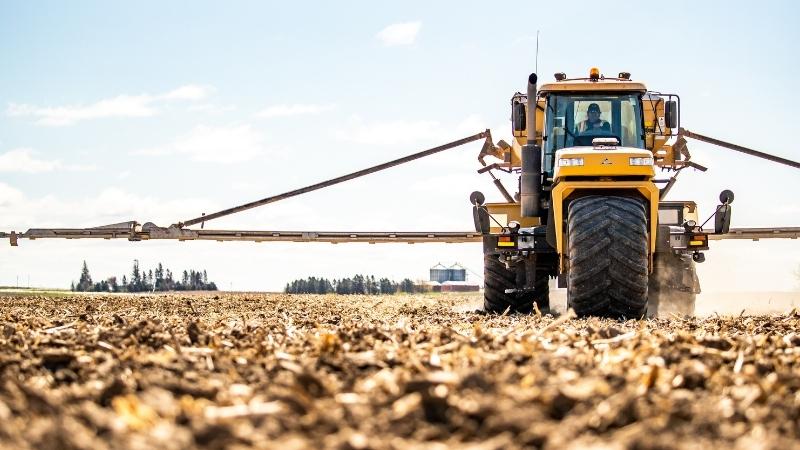Why is so Little Phosphorus Available in the Soil?
7.5 billion out of 9.4 billion pounds of applied phosphorus fixed in the soil annually.
When talking to growers about phosphorus applications, it is important to set their expectations. It’s important for them to know that even when fertilizer is applied in the best conditions, only 20% of phosphate fertilizer is available for plant use.
With only one out of six growers using a phosphorus efficiency product to help maximize fertilizer uptake, there is a significant opportunity for retailers and growers to increase yields and ROI for their operations by unlocking phosphorus in the soil.

7.5 billion out of 9.4 billion pounds of applied phosphorus is fixed in the soil annually.
Why is so little phosphorus available?
When negatively charged phosphorus binds with positively charged soil components, such as micronutrients, it becomes unavailable to plants, and growers can see crop yields decrease.
How do you make it more available?
One way to keep phosphorus in a plant-available state is to prevent it from binding to micronutrients in the soil. This can be done with chelates. They help overcome the ionic bonds in the soil, freeing the micronutrients from the phosphorus.
A chelate is the chemical complex that occurs between a metal ion and a ligand, that results in the solubilization of the metal salt. Plants need all their nutrients in soluble form because they can only absorb liquids. The chelates help keep those nutrients in a soluble, plant-usable form.
There are many types of chelates that are naturally evolved in both plants and animals, or that are synthetically produced. Some of the more popular forms include citric acid and EDTA. One of the most stable chelates available is the patented Levesol® chelate.
This ortho-ortho EDDHA chelate prevents micronutrients from binding in the soil. It makes phosphorous, zinc and other micronutrients like manganese and copper applied via fertilizer or in the soil more available to plants. The Levesol chelate also increases uptake of nutrients, boosting early growth, providing better overall plant health, and producing higher yields. It also remains in the soil longer and will continue to keep phosphorus and other micronutrients plant-available longer into the season, to better meet crop needs.
Trivar®, a fertilizer additive from CHS, is specifically made for broadcast phosphorus application and is powered by the patented Levesol® chelate. Trivar uses three unique modes of action to safeguard a grower’s fertilizer investment.
To learn more about how to maximize spring and fall broadcast fertilizer applications visit TrivarFertilizer.com and contact your CHS Agronomy representative.